Standard California Rental Lease Agreement
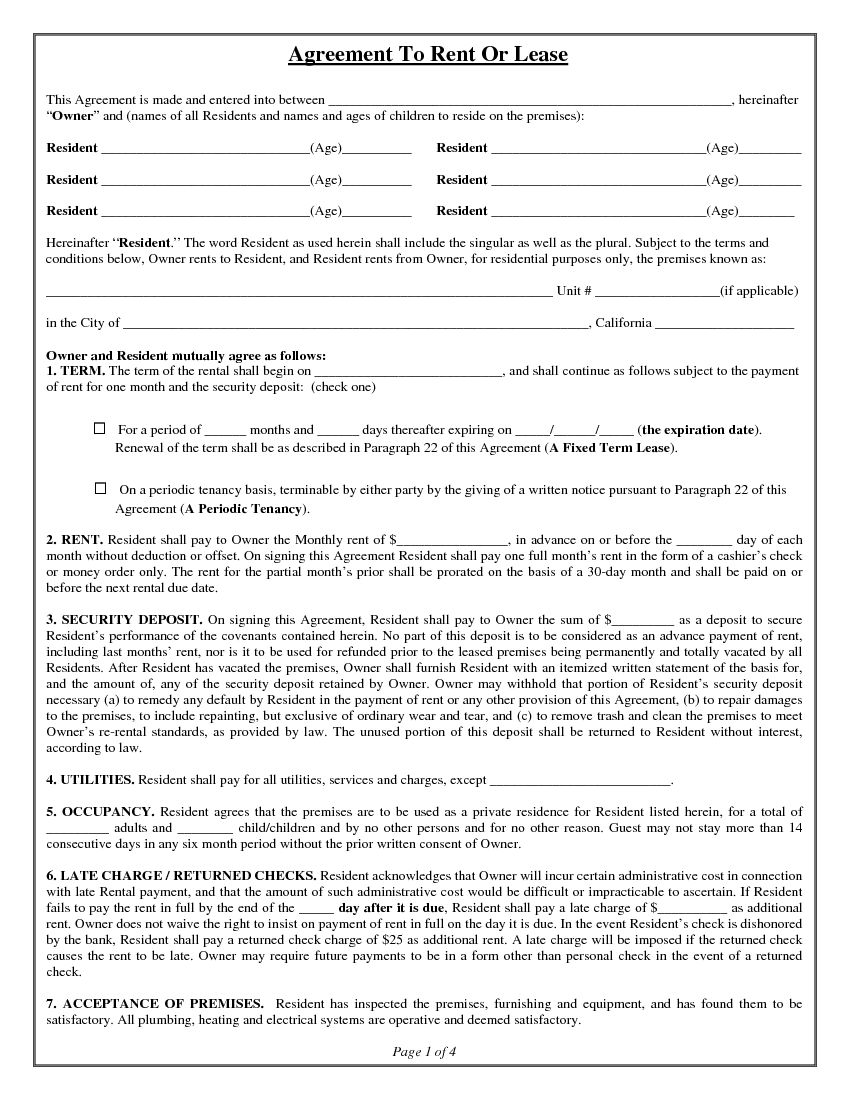

The state of California has codes, rules, and regulations that regulate how the tenant and landlord relate and their obligations as stated in Cal.Civ Code §§ 1940 – 1954 which talks about hiring a real property, Cal.Civ Code §§1961 – 1962.7 for identification of property owners as well as the California tenants guide which has responsibilities and rights of both parties.


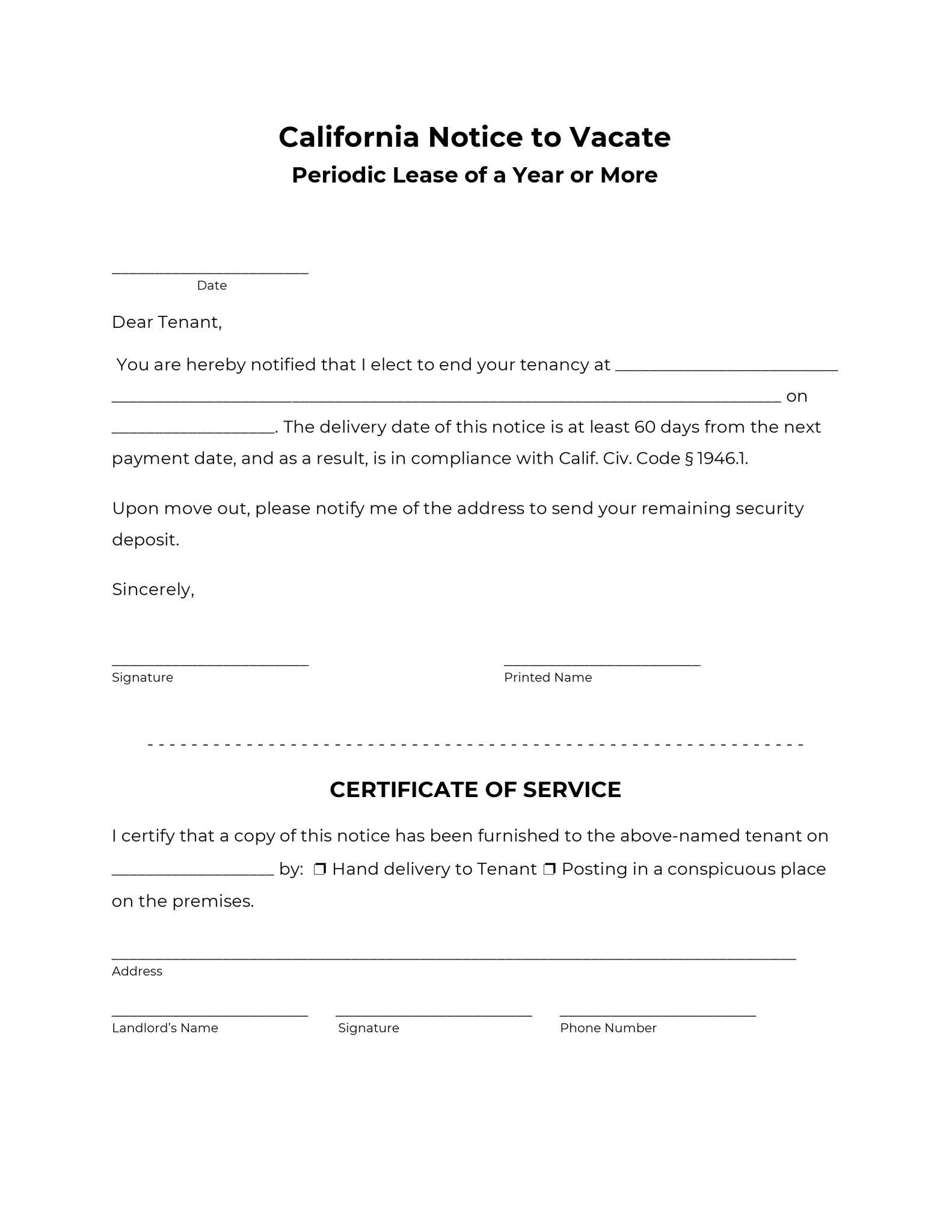

The California 60 Day Notice to Vacate is a form used by landlord to intimate the tenant about the end of the tenancy. According to California state law, a landlord can terminate a month-to-month tenancy by serving a 60-day notice if the tenancy has lasted more than one year. For
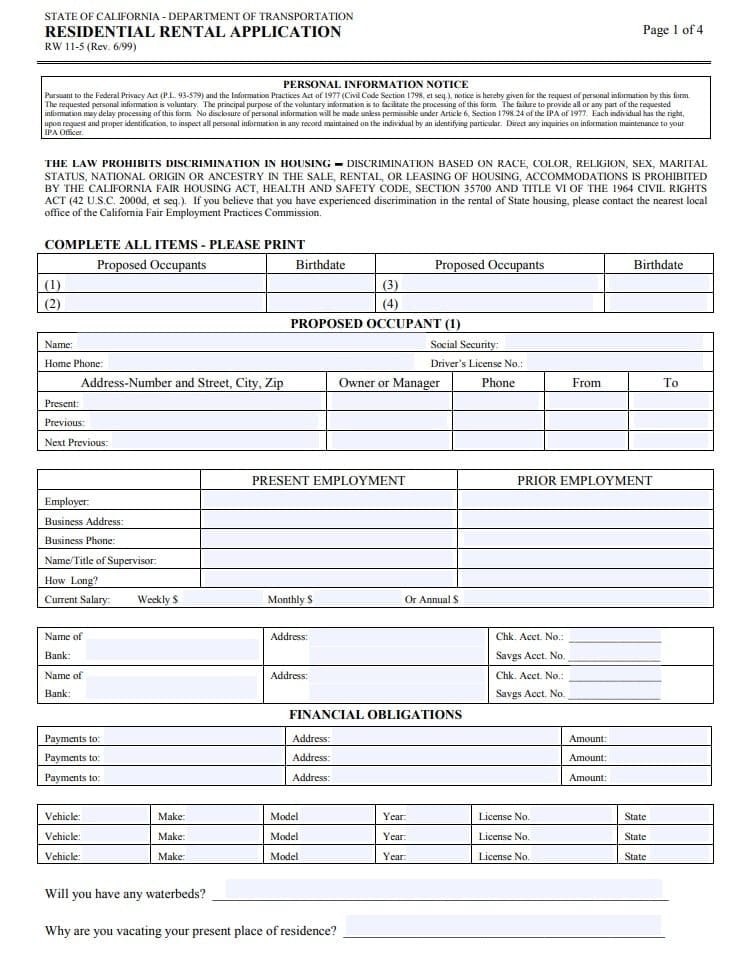

The California Rental Lease Application-RW 11-5 form is an essential tool when it comes to tenancy d a state-owned property. It is suitable for various types of properties such as residential, apartments, commercials, agriculture, and industrial among others. The application form protects both the property a manager and the potential
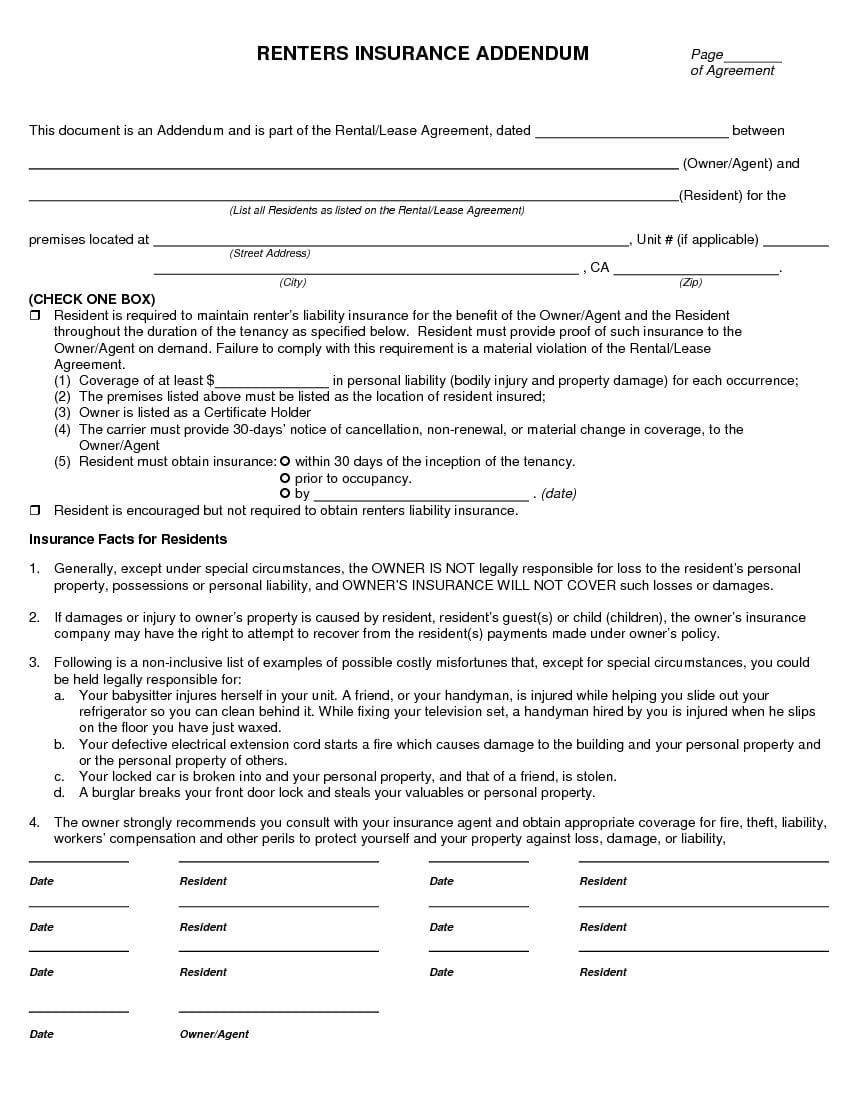

This is an addendum that addresses a tenant’s responsibility to carry renter’s insurance. It will be incorporated into the existing lease and will be enforceable per California Civil Code § § 1925 to 1954.1; 1961 to 1995.340. Steps to Fill the California Renters Insurance – Addendum to Lease Agreement Enter
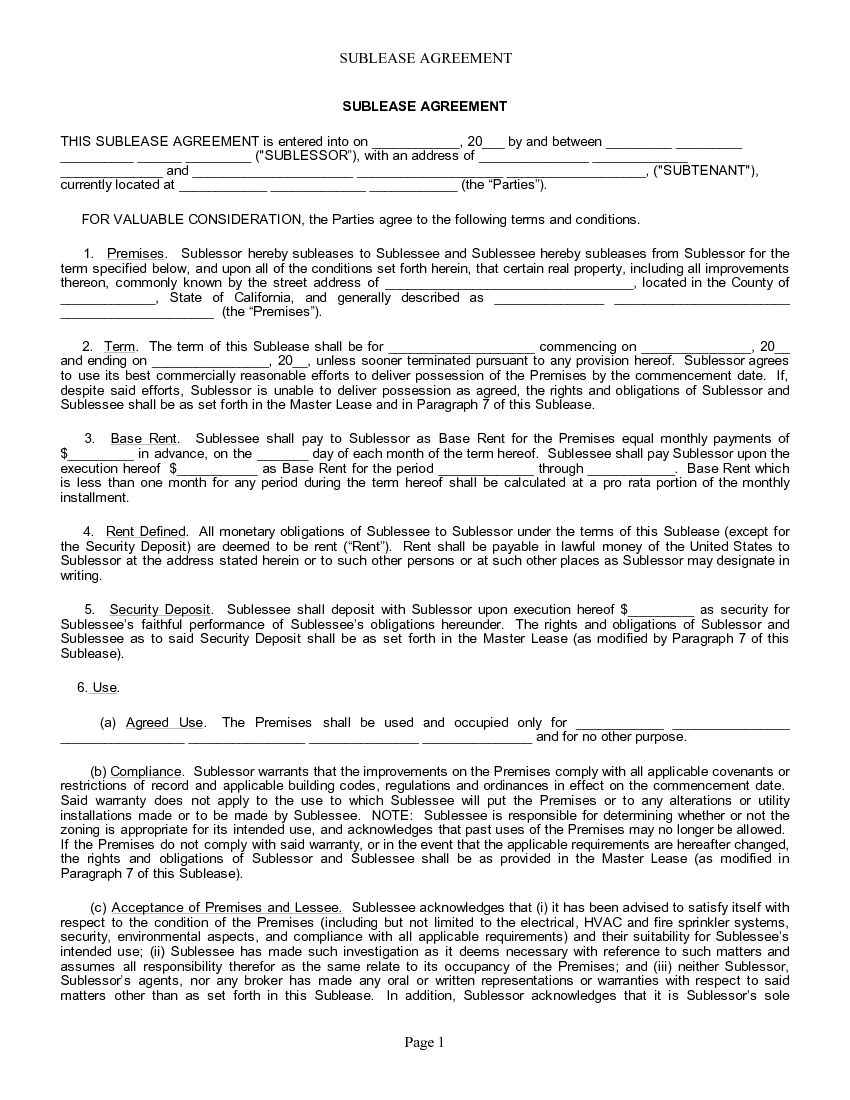

The California Sublease Agreement that can be used in conjunction with a California rental lease or a California lease agreement. It is to be used when a tenant creates a sublease in order to rent to a subtenant. Steps to Fill the California Sublease Agreement Enter the date of the


The California Student Sublease Agreement subject to a California rental lease or a California lease agreement. It is designed for a student roommate situation and it has been created to comply with California Civil Code § 1951.4, which allows a tenant to sublease. It covers both the financial and other
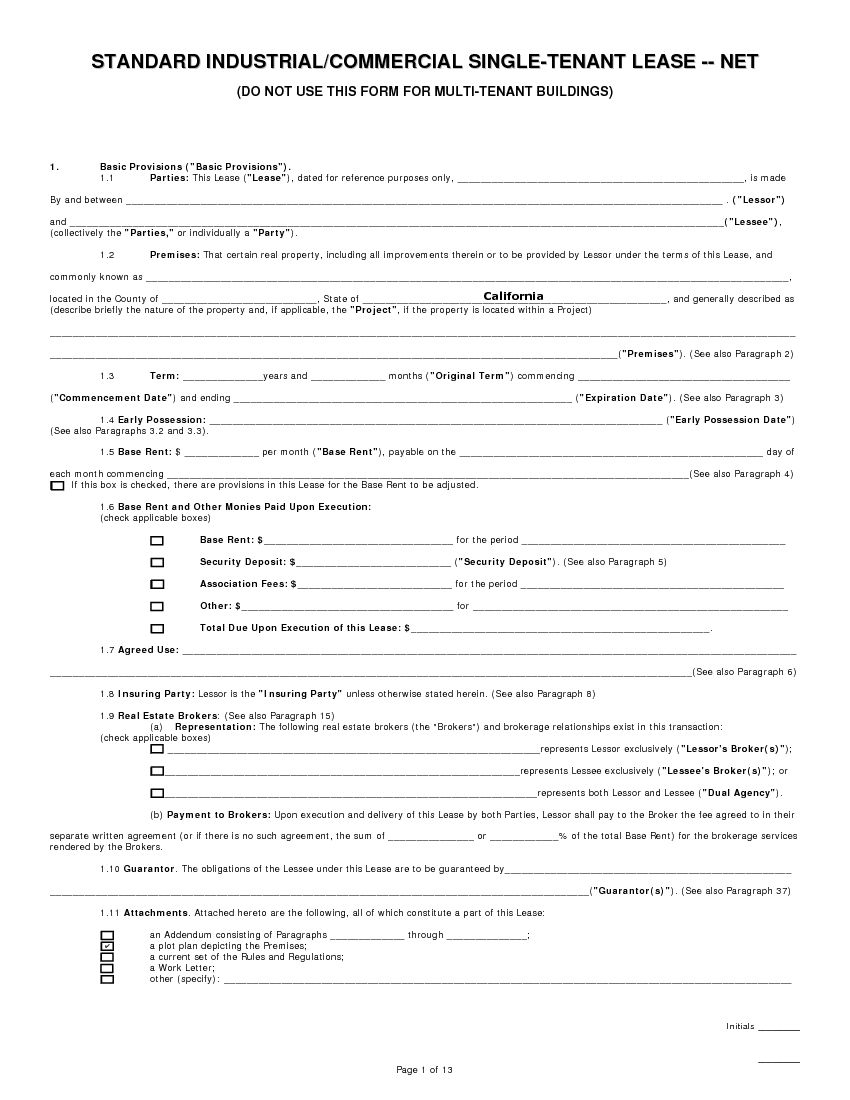

The California Commercial Lease Agreement for a single tenant in a standard/industrial premises for a fixed term. This lease agreement covers the premises only. It has been created to adhere to Assembly Bill 2093 and California Civil Code § 1938. Steps to Fill the California Standard Commercial Single – Tenant
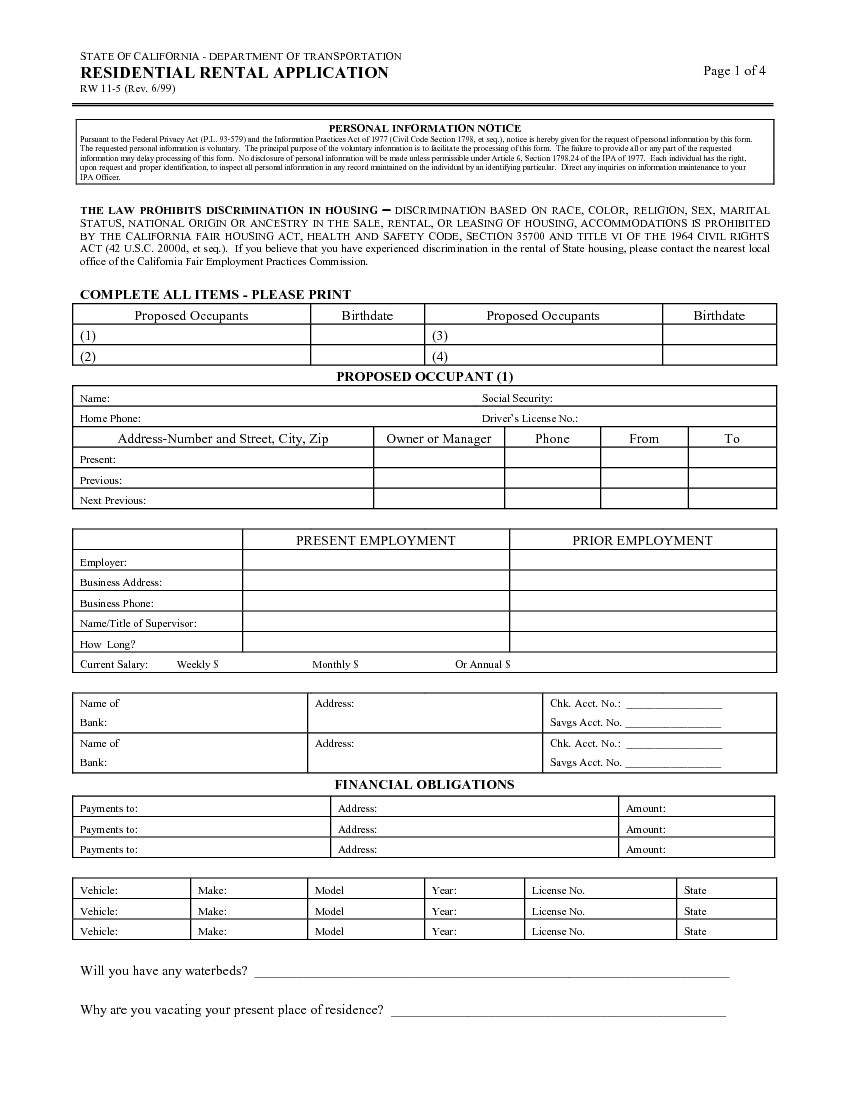

The California Rental Application for rental property owned by the California Department of Transportation. It complies with the Federal Privacy Act (Pub.L. 93-579), the Information Practices Act of 1977 (Civil Code Section 1798, et seq.), the California Fair Housing Act, Health and Safety Code Section 35700, Title VI of the
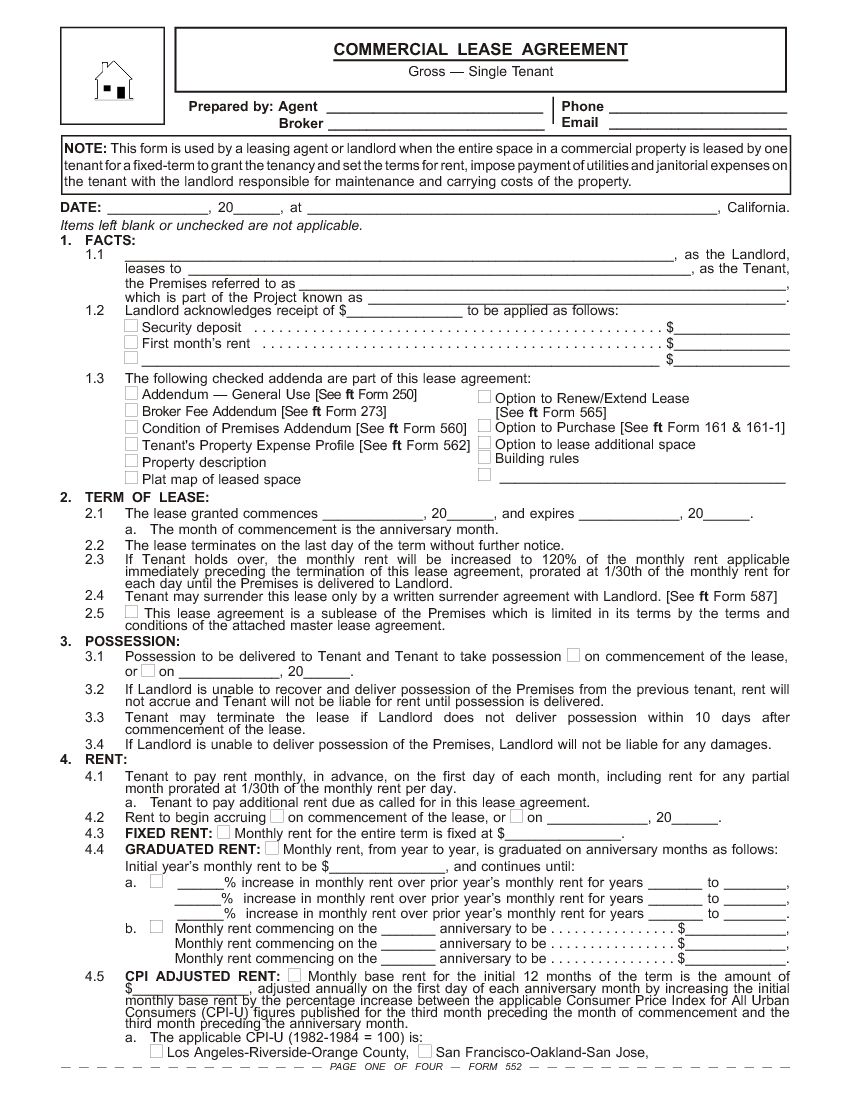

The California Commercial Lease Agreement for a single tenant in a commercial premises for a fixed term. The lease agreement incorporates payments for utilities and janitorial services, and the landlord assumes responsibility for maintenance and carrying costs. These are all included in the lease agreement. Steps to Fill the California
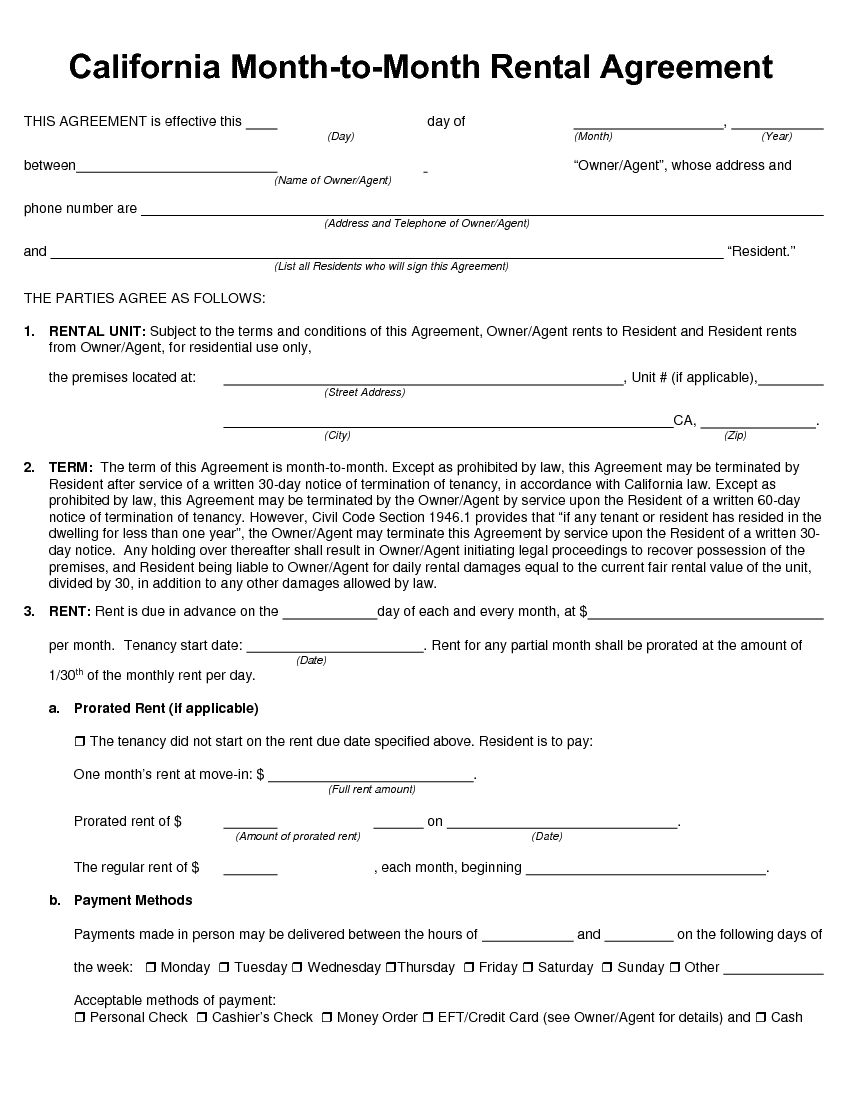

The California Month-to-Month Rental Lease created pursuant to the California Civil Code § § 1925 to 1954.1; 1961 to 1995.340. It applies to private dwellings leased for residential use in a month-to-month tenancy agreement. Even though the tenancy agreement is month-to-month, proper notice is required to terminate tenancy. Steps to
Cal.Civ.Code §§ 1950.5 and 1940.5g states that the landlord can ask for a maximum of two months’ rent as a security deposit for the unfurnished house and a maximum of three months’ rent for the furnished property.
The security should be returned within 21 days after the tenant vacates as required by Civ. Code §§ 1950.5g. The deposit can be held for unpaid rent, repairing of damages, cleaning the unit or for the restoration of items in the premises as per the agreement.
The 2012 Fair Housing Handbook of California states that the landlord should offer tenancy according to the first qualification. Civ. Code §§ 1954.602 restricts that landlord from renting or leasing a property infested with bedbugs and should disclose information regarding the same to the potential tenant and carry out treatment for the infected unit and the surrounding according to Civ. Code §§ 1954.604.
Among other things the landlord should disclose include:
According to Civ. Code §§ 1947 and Civ. Code §§ 1962 rent is paid every month for lease less than a year and due at the end or the beginning of the month. The landlord should communicate on the rent increase within 30 days if 10 percent of the lowest amount of rent charged during the last 12 months and 60 days if the increase is more than 10 percent of the same according to Civ. Code §§ 827(b)(2-3).
The tenant is allowed to withhold the rent in cases where essential amenities are not provided or deduct rent after doing repairs under Civ. Code §§ 1942.
The landlord is supposed to give 60 days for tenants who have stayed over 12 months and 30 days for those stayed less than 12 months as required by Civ. Code §§ 1946. The week to week tenants is supposed to give seven days notice while the landlord is expected to provide them with 30 days notice.
Having insights on the laws, responsibilities, and rights of both the landlord and the tenant is essential as it enables both parties to answer and relate t legal matters without necessarily needing the help of a lawyer. It is also vital as it protects both the tenant and the landlord and strengthens their relationship as they are bound to follow the rules and set agreements.
